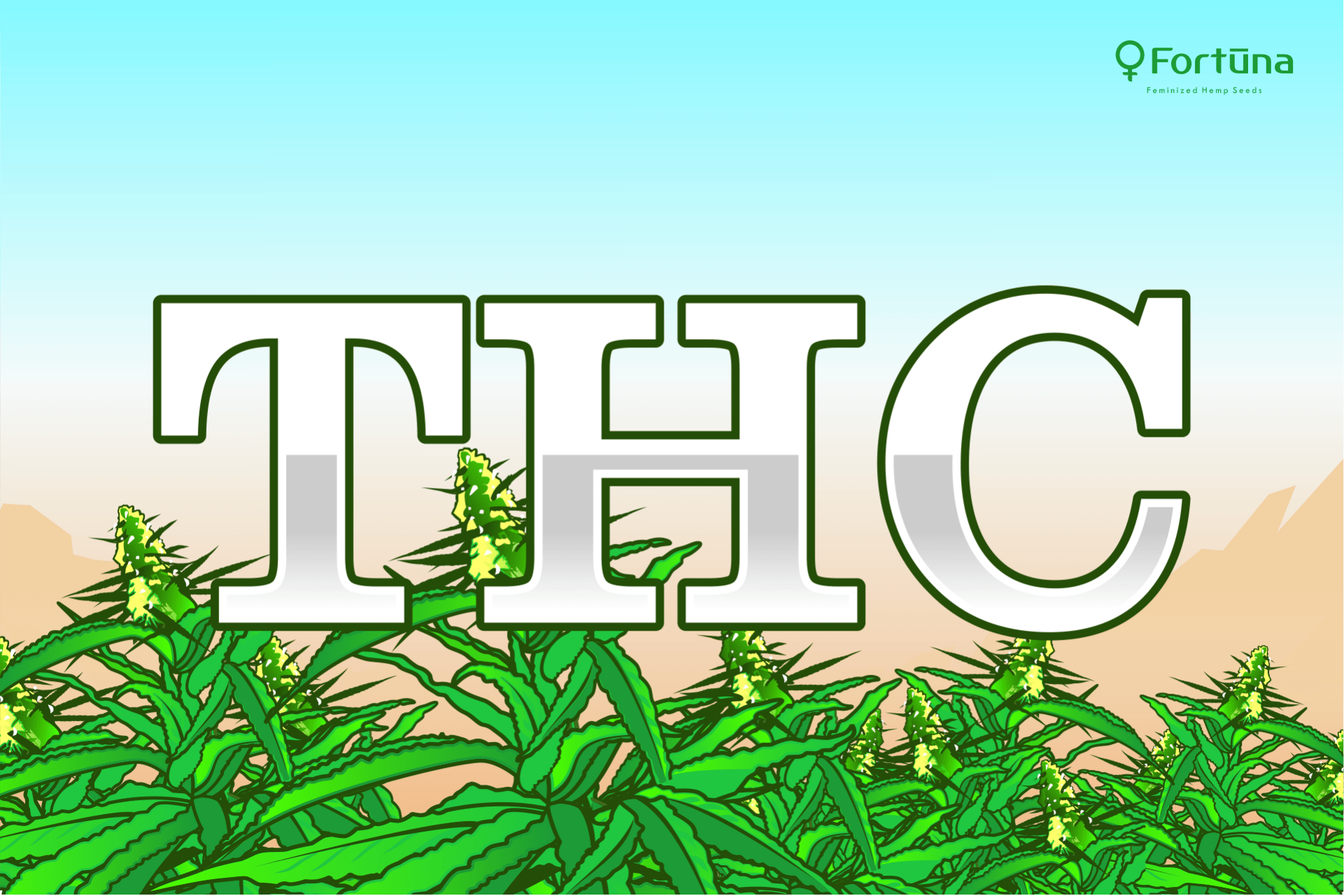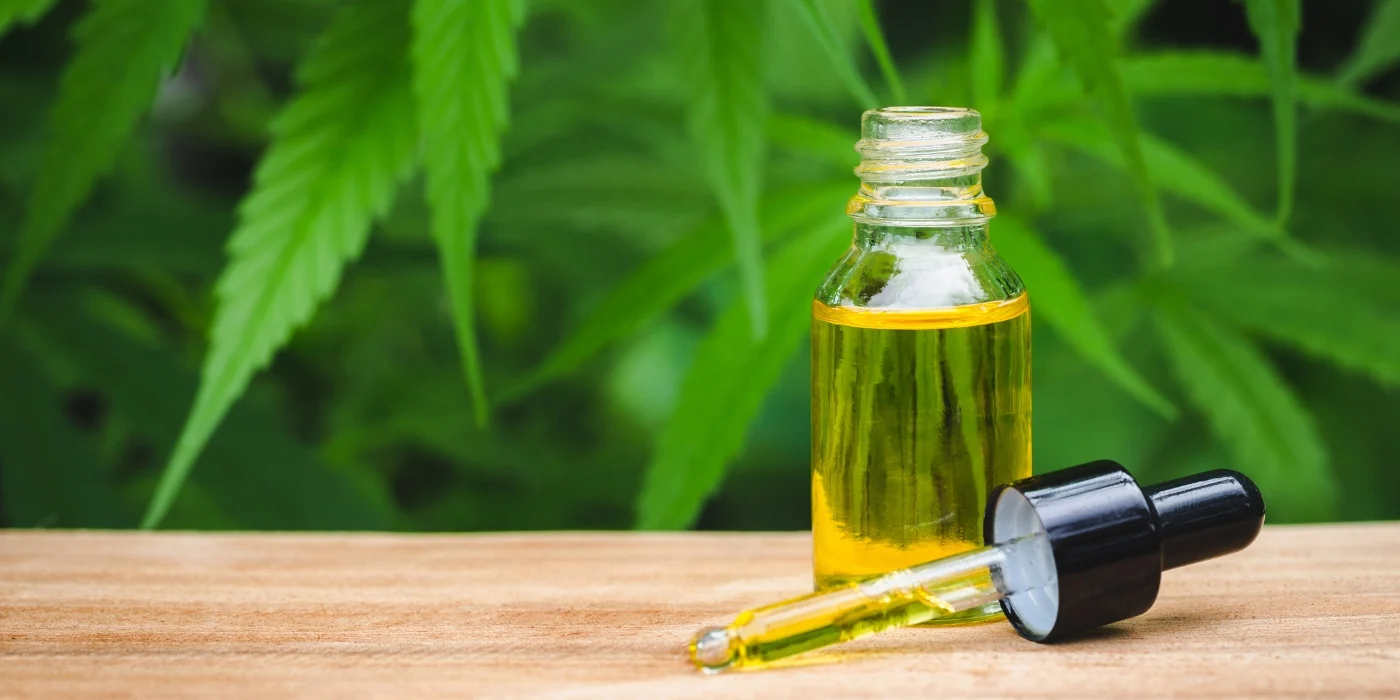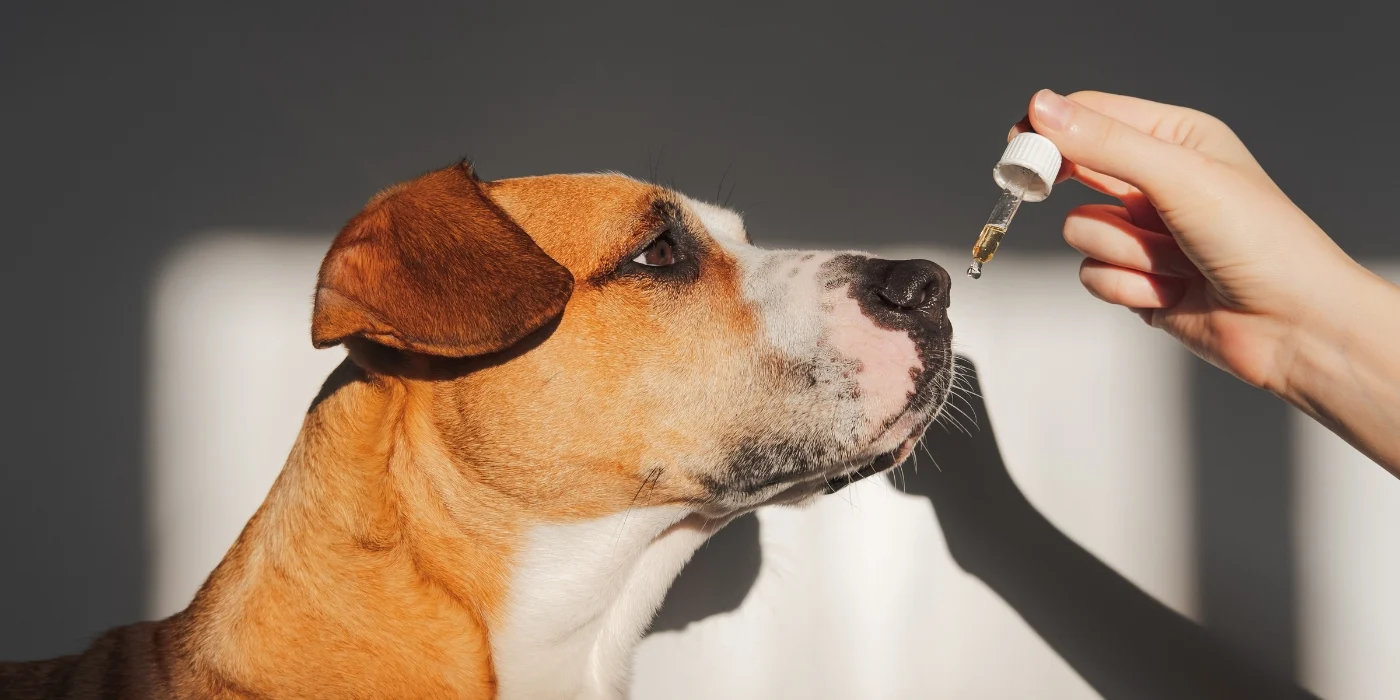
- Hemp Farming
-
by gu
THC spikes in hemp plants can have detrimental consequences. That’s because hemp plants can only contain minute amounts of THC to maintain their legal classification. Crops that exceed the maximum THC limit are considered “hot crops” and must be destroyed.
This real risk of complete crop destruction is scary for the farmers who cultivate these crops. If their plants experience an unexpected THC spike, all of their invested time, effort, and money would be lost. Hence, controlling for THC spikes is crucial in the hemp farming industry.
The USDA also recently released a set of proposed rules designed to regulate hemp production at the federal level. These proposed hemp cultivation rules are with general positivity; some believe that these new hemp standards will help protect farmers and give the hemp industry a solid foundation. On the other hand, many in the hemp industry are worried about the feasibility of these proposed rules on CBD hemp cultivation.
A draft of these hemp rules was officially published on October 31, 2019, and will be open for public comment until December 30, 2019. Once these rules are in effect, they will remain in practice for two years before becoming official.
Per these new USDA rules, “hot crops” don’t qualify for crop insurance. The need to keep the THC levels in their crops low and within acceptable levels is paramount.
What Causes THC Spikes?
The main things that can cause THC spikes in cannabis are the stressors to which the plant is subjected. This opens up an interesting subject on why environmental stresses cause increased levels of THC.
Research has shown that THC appears to be the cannabis plant’s way of dealing with its environmental stressors. When it begins to experience external stress of some kind, cannabis increases its production of THC in what seems to be an attempt to protect itself.
This is actually how farmers that are trying to increase the level of THC in their cannabis plants go about doing that–they will expose their plants to increased UV light, deplete or overdose the plant’s nutrients, expose it to colder temperatures, and so on. These different environmental stressors cause cannabis to react in a seemingly self-protective kind of way, which results in THC spikes.
How To Avoid THC Spikes
While several different stressors could negatively impact the THC levels of hemp, there are ways that farmers can work to control them.
For instance, greenhouse operations allow farmers to control the level of ultraviolet light the plants come in contact with, as well as the temperature in which the plants grow. It is also easier to track nutrient regimens in greenhouse grows. Growing hemp in a greenhouse environment is a very safe way to ensure that hemp plants are on the right track while the USDA irons out the details of their hemp farming rules.
Unfortunately, some places don’t allow indoor growing environments for hemp. However, that doesn’t mean that it’s impossible to grow low-THC hemp outdoors. For example, low elevation areas can help protect crops from harsh UV rays. Likewise, mild climates also help ensure more abundant outdoor growth.
Whether you are growing your hemp crop outdoors or in a greenhouse environment, ensuring you have quality hemp seeds from the get-go will give your end crop a better chance of success as well.
Conclusion
Reducing the chance THC spikes in hemp crops is incredibly crucial for farmers. Experiencing THC spikes could result in a “hot crop” status, and it’s ultimate destruction. This, of course, will cost farmers a great deal of time and money given the strict nature of the USDA’s proposed hemp cultivation laws.
Do you have tips to control THC spikes in hemp crops? Share your ideas with our readers in the comments below.




Richard Jennings
September 19, 2020 at 3:36 pmCan you judge the cbd/thc level by the look of the trycomes?
Tim Smith
October 8, 2020 at 4:46 pmIn most strains, trichomes can be a good indicator for harvesting. New federal rules are mandating a .3% cap on total THC. The THCA will convert to TCH Delta 9 at a theoretical rate of .877%. THCA decarbs to THC Delta 9. THCA OXIDIZES to CBDN. The THCA could be oxidized rather than decarbed after harvest but the rules do not allow that. Therefore you can have your plants do it for you! For simplicity, oxidation is “rust”. As the milky white trichomes mature, the THCA begins to oxidize (rust) into CBDN. Once you are about 10% amber or reddish you should start testing. For most low THC strains, 30-40% should get you under .3%. The longer you wait, the higher CBDN content. Unless you want couch lock, harvest as soon as you drop below .3%.
If you do not have the ability to test are growing for personal use and want to experiment, try harvesting in increments. You can get multiple results from the same plant.